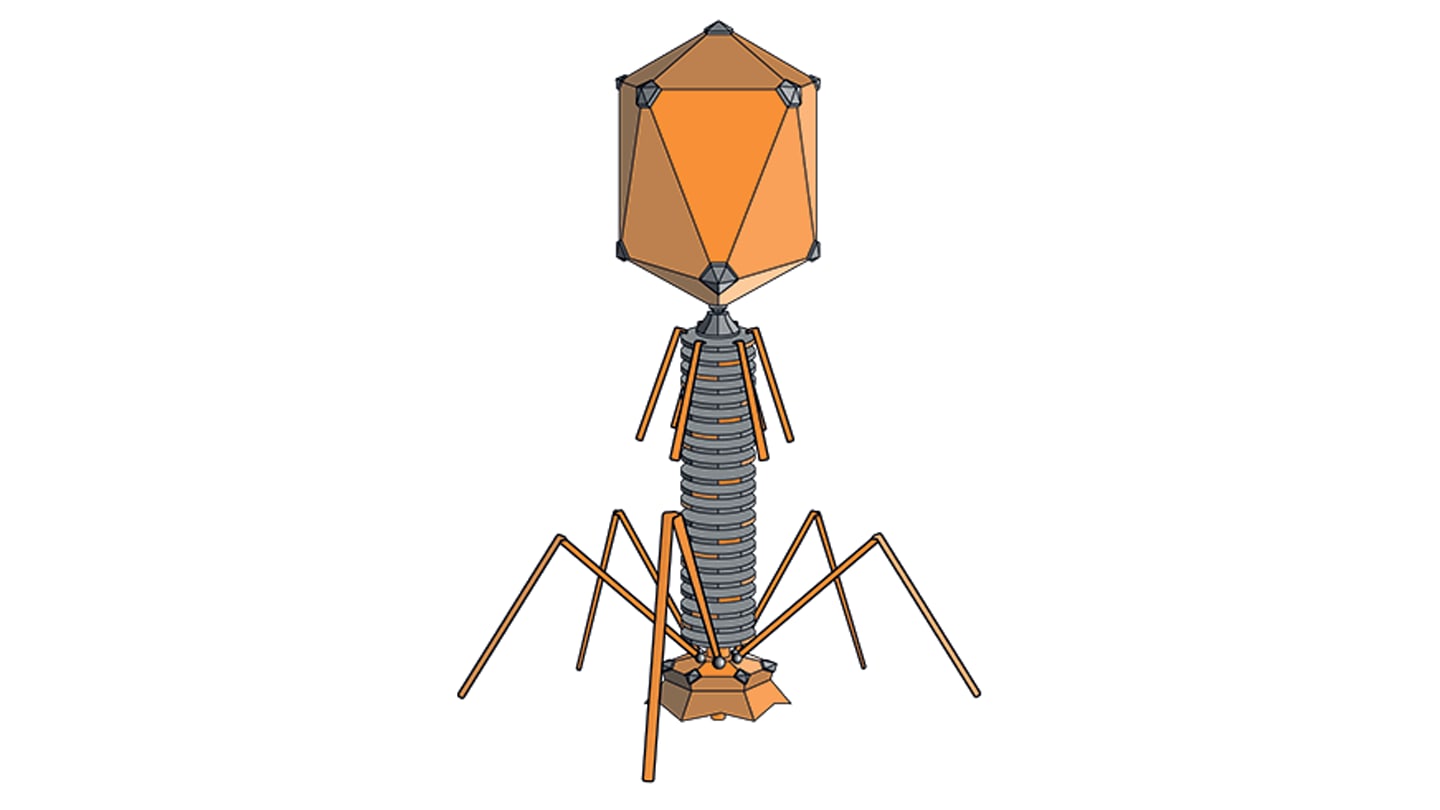
Cancer in turtles is incredibly rare – around just one percent of turtles or tortoises are affected – according to a recent study. That’s a tiny number compared to mammals and birds.
So how did they figure this out? The team – led by Ylenia Chiari (University of Nottingham) and Scott Glaberman (University of Birmingham), with help from zoo-based experts across the UK, US, and Europe – dug into health records and autopsies from hundreds of turtles living in zoos. Due to decades of careful record-keeping, they were able to piece together a detailed picture of turtle health, finding that even on the rare occasion when tumors were found, they rarely spread.
That’s pretty surprising when you think about it. Some turtles, like the Galapagos and Aldabra giant tortoises, can grow to a huge size – well into the hundreds of kilograms – and can live for more than 150 years. One tortoise at Chester Zoo, UK, named Burt, was born in 1945 and is still going strong. Normally, animals that are big and live a long time are at a higher risk of developing cancer. More cells plus more time equals more chances for something to go wrong. But turtles don’t follow that rule.
So what’s their secret? Researchers think it might come down to a few special features: strong protection against cell damage, a slow metabolism that keeps cellular stress levels low, and some unique genes that guard against cancer. All of this makes turtles an intriguing model for studying cancer resistance and healthy aging.
Chiari said: “Turtles, especially iconic species like Galapagos and Aldabra giant tortoises, are famous for living long lives and growing to tremendous sizes. You’d expect that to mean more cancer. But our study, which combines decades of zoo records with previous research, shows how incredibly rare cancer is in these animals. It highlights turtles as an untapped model for understanding cancer resistance and healthy aging, and it shows the vital role zoos play in advancing science through collaboration.”
Glaberman added: “Biodiversity has so much to teach us about how the world works. While fascinating in their own right, extreme species like giant tortoises may have already solved many of the problems humans face, including those related to aging and cancer. That makes biodiversity doubly worthy of protection.”
The research shows why data-based, detailed animal care matters. Could these species hold the key to future medical breakthroughs?
Sadly, many turtle species are facing serious threats – everything from habitat loss to climate change to the illegal pet trade. Several are listed as Endangered or Critically Endangered by the International Union for Conservation of Nature. Hence why the zoos involved in this study continue to work on conservation breeding programs.
So the next time you see a turtle or tortoise slowly making its way through life, remember: that creature might be carrying some of the most important secrets in medicine. Once we have learned more about what they can teach us, we may have a new appreciation for the old cartoons we used to watch. Turtle Power!




